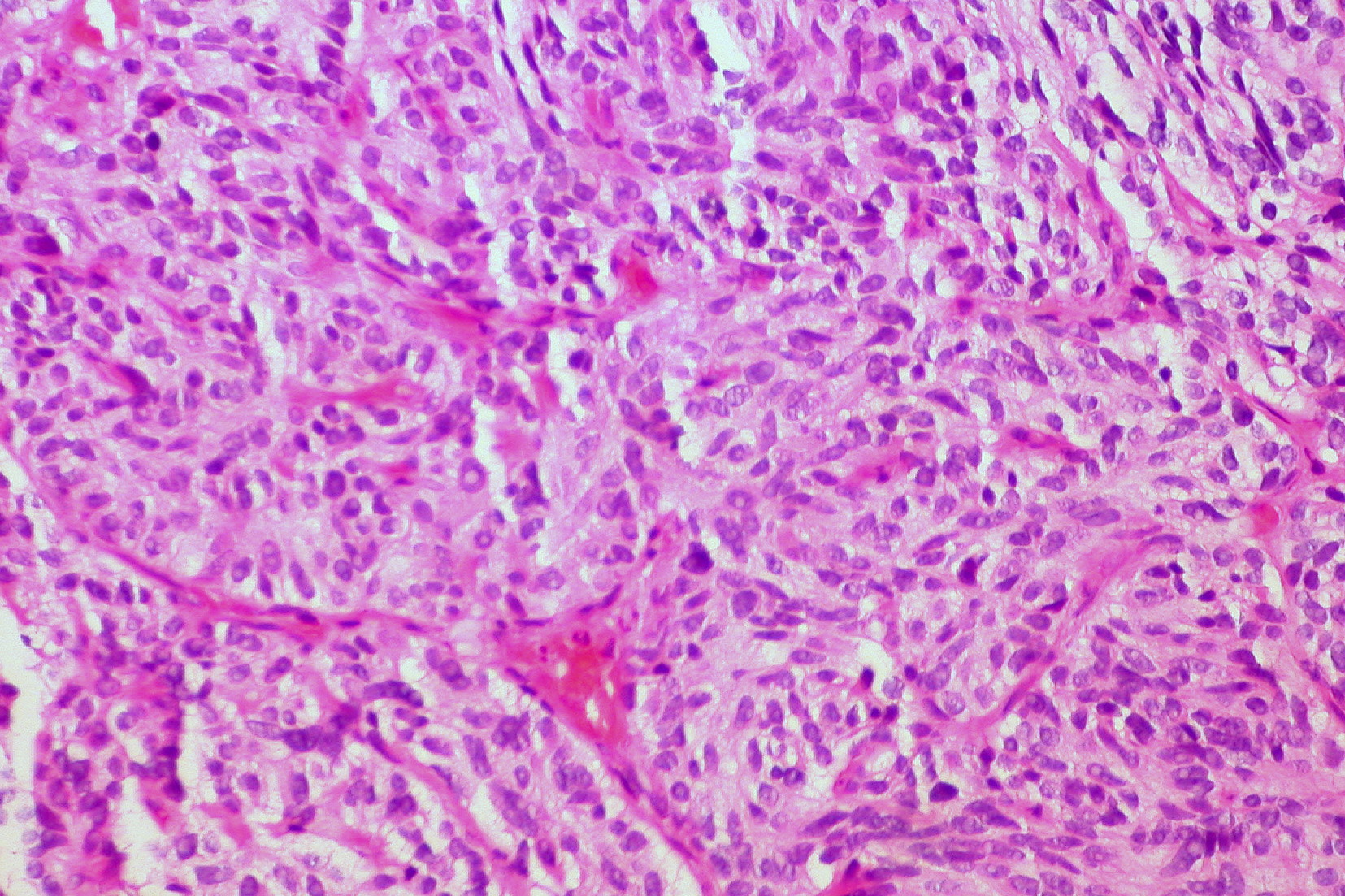Although every form of cancer and every patient may be different, one of the few aspects that medical researchers and specialists can agree on is that exercise is most often a beneficial tool in fighting it. Recent research published in the Journal of the National Cancer Institute is further proof of how exercise benefits cancer patients.
In the study conducted at Kansas State University, researchers found that not only would exercise benefit in terms of suppressing the negative psychological aspects of cancer, but it had a profound impact on its physical properties within the body. The researchers focused on prostate cancer tumor growth, and using rats as the test subjects, they found that increased moderate exercise increased blood flow significantly.
When tumors are in an environment that keeps them in a hypoxic state (low oxygen levels, they metastasize (move to other parts of the body and grow). Consequently, the increased blood flow and its resultant oxygenation of the body from exercise had a significant effect on slowing the growth and spread of tumors.
The study first explained how in both rats and humans, exercise diverts blood flow to the muscles when exercising. They further explain how moderate exercise decreased tumor hypoxia in the rat subjects by 90 percent. According to study researchers this was the largest reduction in tumor hypoxia of any known intervention, including drugs.
Additionally, the exercise provides other benefits such as a potential increase in effective transport of cancer fighting therapies. For instance, it increases blood pumping pressure and decreasing vessel constriction, which aids in making radiation treatments more effective.
The American College of Sports Medicine convened a panel of experts to review literature on the safety and benefit of exercise for cancer patients. As a result, exercise guidelines for cancer patients were developed. The recommendation from the panel was 30 minutes a day, five days a week, with specific adaptations based on individual cancer treatment and side effects.
The American Cancer Society also created guidelines for cancer patients, which support the recommendations of the American College of Sports Medicine. In addition, the organization has a wealth of online data that provide a pretty comprehensive list of reasons why exercise is generally beneficial for cancer patients.
Among these reasons (which correlate with the aforementioned study and a number of others) are the necessary improvement in body mobility via greater muscle and bone strength. The extensive list most closely correlates to the benefits that we all get from exercise that are both physical and psychological. Of course, when our immune systems and bodies are compromised by cancerous growths, these benefits are not only preventative but highly therapeutic for cancer patients. Their importance has potentially outsized benefits in terms of helping in the control of the disease state as well as in recovery.
We have to remember that since every cancer diagnosis and patient is different, the type and moderation of exercise as well as its potential effects can vary. There are also many cancer patients that may be unable to physically exercise.
While there is currently no universally accepted level of exercise that is beneficial for all cancer patients, there are currently more than 20 major studies that show the benefits of exercise in reduction of cancer recurrence and survival. These studies focus on all types of cancers ranging from colorectal and prostate to breast and ovarian cancers in patients.
That being said, developing and maintaining an exercise program for those with cancer requires the support and guidance from exercise specialist such as personal trainers that are experienced with working with cancer patients at all disease phases. Working collaboratively with physical therapists in some cases and with medical specialists in all cases, the team can design and monitor an exercise program that is safe and beneficial for the individual.




